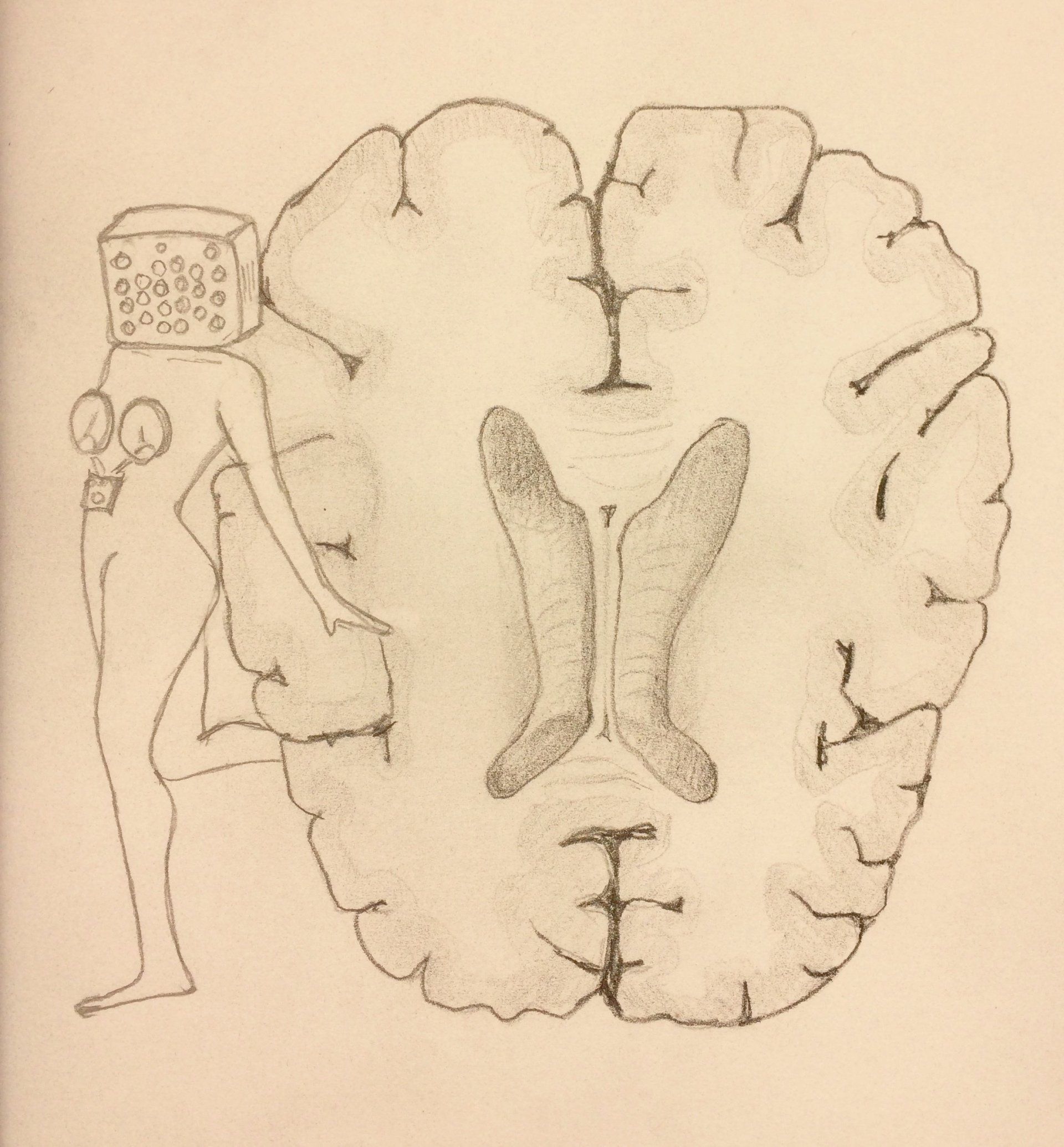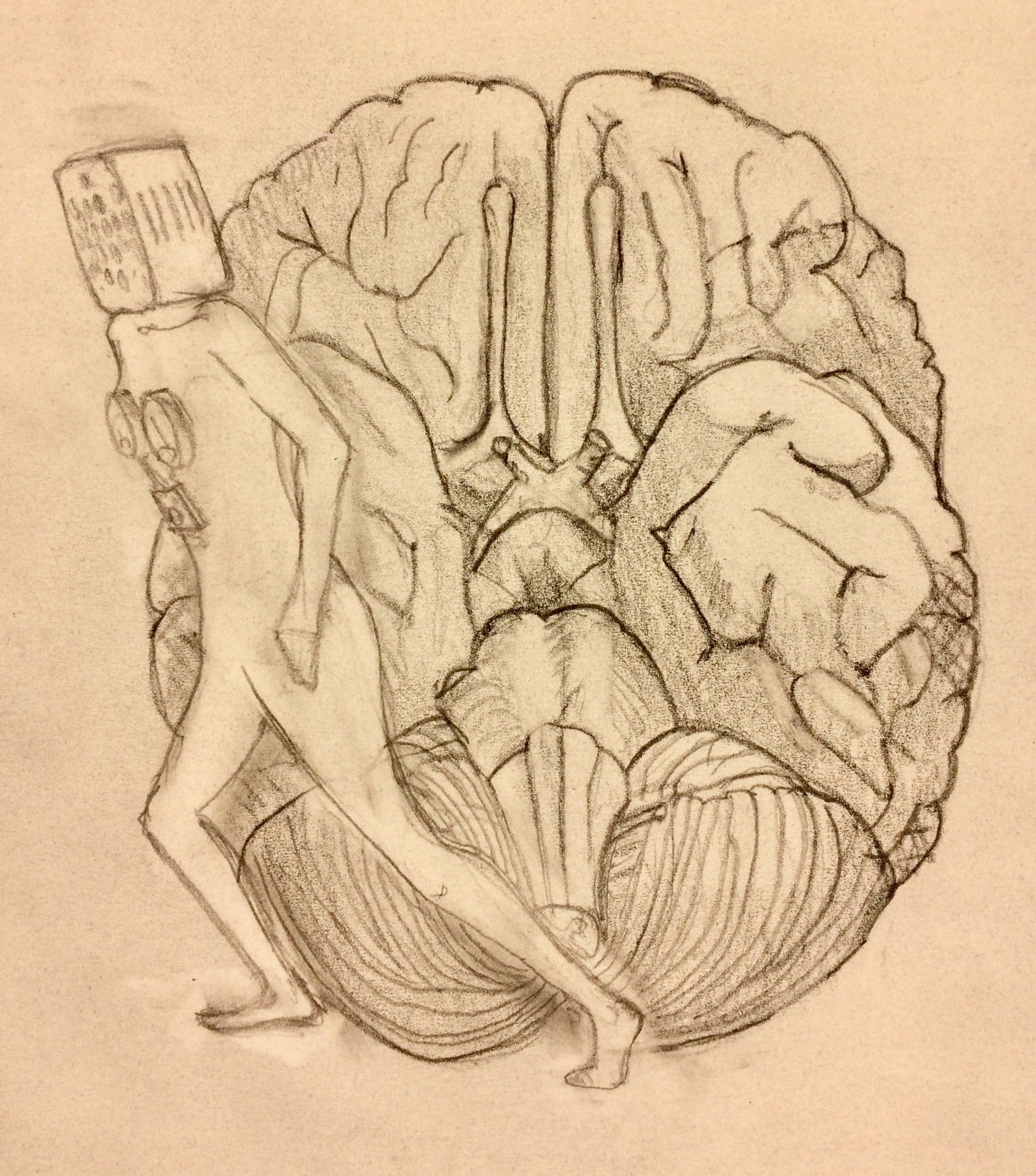Story & structure
Brainland is new opera based on true stories from the history of 20th century neuroscience, uncovered during research for two visual art exhibitions, created by artist Ken Barrett for the Museum and Archive of the Institute of Neurology, Queen Square, London (Manhandling the Brain, 2016 and Wavecraft: Messages from another world 2018).
In November 1957 William Grey Walter, pioneering neurophysiologist, and three colleagues from the Burden Neurological Institute in Bristol, arrive at a U. S. Air Force base in Gloucestershire. They are on their way to visit a laboratory in Oslo, funded by the US and run by Carl Sem Jacobsen, a Norwegian who developed a new investigation and treatment at the Mayo clinic. This involved inserting 64 electrodes deep inside the brains of epileptic and psychiatric patients for purposes of investigation and treatment - electrically coagulating brain tissue thought troublesome. They plan to learn the technique and use it back in Bristol. They are also taking ‘Topsy’, the toposcope, Walter’s brainchild and, arguably the most advance analogue brain recording device ever built. They plan to take recordings from deep inside a living human brain. Delayed by fog, their conversation, ranges from the discovery of the EEG in Germany as the Nazis came to power, the primitive psycho-surgeries of the 1930s and 40s, and the military funding of this expedition. The opera re-enacts key scenes from each story. A Muse who takes different forms, appears in each of the three stories enabling us to listen in on key character's internal dialogue. The narrator/guide through the opera is Dr Orchidia Jakes, a character from, Further Outlook (1956), Grey Walter’s only work of fiction. The opera in two acts.
Click of the image at the top of the page to download a .pdf of an essay on mid 20th century psychosurgery. Click on the image below to download as essay covering the background to the flight to Norway.
(all material is subject to Copyright, 2020)

